Tourism is not a sales race. It is a journey of sowing seeds - seeds of heritage appreciation, connecting people and nurturing a love of nature. Only when we do that, will Vietnam truly shine on the world tourism map.
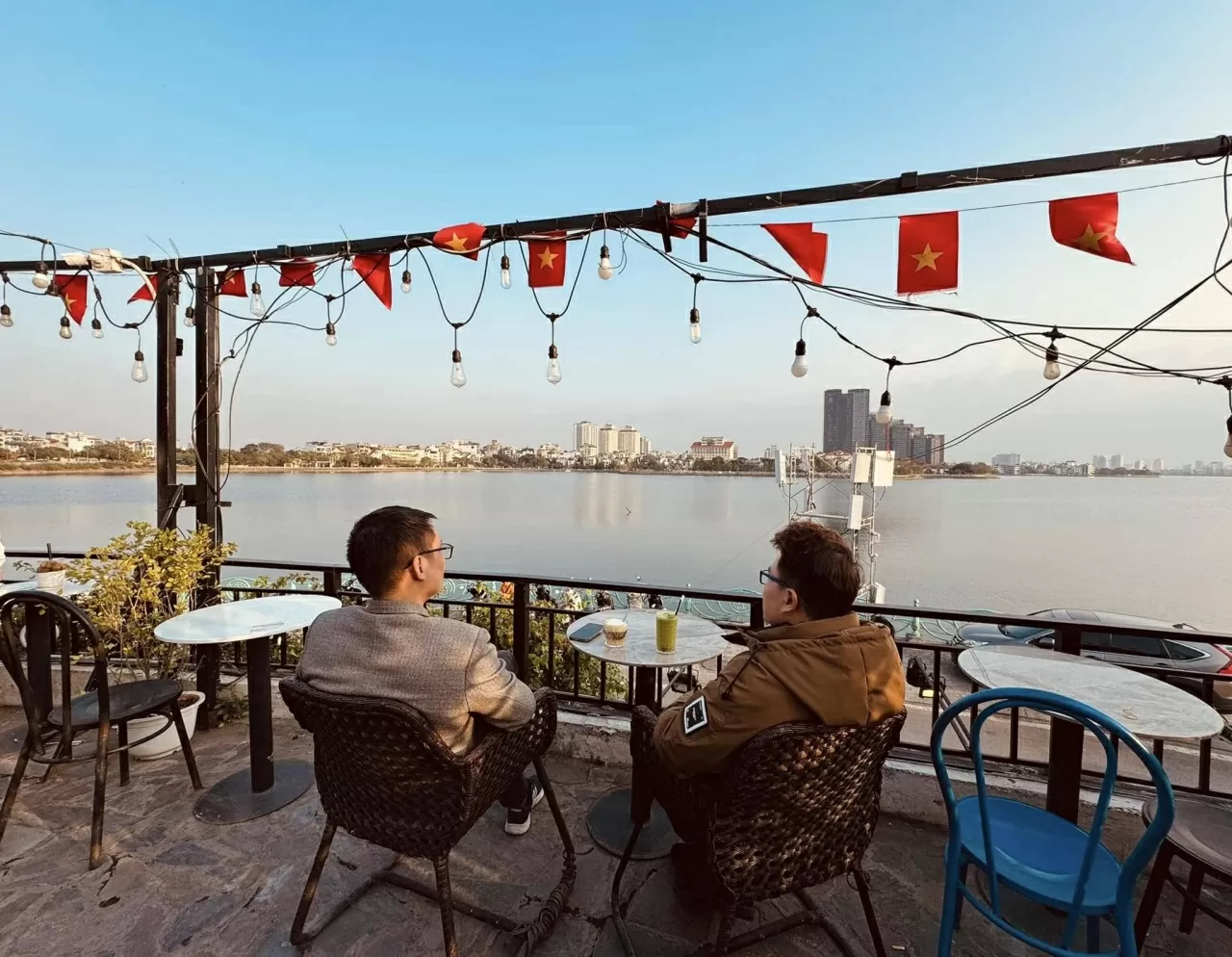 |
| According to Dr. Trinh Le Anh, raising the level of Vietnamese tourism on the world map must go from potential to strategic action. (Photo: NVCC) |
In the context of globalization, tourism is not only a key economic sector but also a cultural bridge, promoting understanding between countries. In 2023, Vietnam welcomed 12.6 million international visitors, 3.4 times higher than in 2022 (according to the General Department of Tourism) and was honored by the World Travel Awards as "Asia's Leading Destination". This achievement not only reflects the attraction of landscape and culture but also opens the door for Vietnam to position itself in the global luxury tourism value chain.
The world is shifting strongly towards experience tourism, where tourists not only want to see the scenery but also crave deep interaction with local culture. This is a golden opportunity for Vietnam to take advantage of its ecological diversity and rich cultural heritage.
Destinations such as Mu Cang Chai (Yen Bai) with its golden rice season, or the journey to explore the “Central Heritage Road” have proven their potential by attracting a large number of international tourists in recent years. However, the problem is how to turn these resources into unique products that can compete with Thailand, Malaysia or Japan. That question still needs to be thoroughly answered.
Creative Tourism: Redefining Traditional Values in the Digital Age
The 21st century requires a blend of preservation and innovation. Japan has cleverly combined modern technology with cultural heritage to create innovative tourism experiences. In Kyoto, visitors can participate in online meetings with Geisha or Maiko through an online platform, allowing them to interact and learn about Geisha culture remotely.
Virtual reality (VR) experiences in Kyoto often focus on the theme of Ninja. At NINJA VR KYOTO, visitors can participate in activities such as throwing darts, using blowpipes, and experiencing traditional Japanese environments combined with VR technology.
Japanese cuisine combines tradition and innovation, offering fascinating experiences for visitors. In Tokyo, sushi-making classes with professional chefs not only teach cooking techniques but also help visitors explore the culture through each step of practice.
Meanwhile, France, with its sophisticated cuisine, stands out through vineyard tours in Bordeaux, where visitors can learn about the winemaking process, meet artisans and enjoy products right at the source. UNESCO's recognition of French cuisine (artisanal secrets and baguette culture) as an Intangible Cultural Heritage in 2022 has cemented the country's position, making cuisine a highlight of any foodie's itinerary.
Vietnam is actively applying modern technology to enhance tourism experiences and preserve cultural heritage. At Thang Long Imperial Citadel, the deployment of a Panorama projection room with a 360-degree screen has vividly recreated historical events, helping visitors "touch history" and immerse themselves in the space of ancient dynasties.
In the ancient capital of Hue, the Monuments Conservation Center has launched the virtual reality experience “In Search of the Lost Royal Palace”, using VR technology to recreate the Hue Royal Palace 200 years ago. Visitors can participate in activities such as VR spaceship, VR telescope and VR treadmill, providing a panoramic and realistic view of the history of the Nguyen Dynasty.
Regarding cuisine, Vietnam has been developing tours to experience culinary culture combined with high-end resorts. However, we have not developed creative culinary tours when the potential is considered extremely abundant. For example, traditional bread making lessons with long-time artisans in Hanoi, or impressive hologram meal performances in Ho Chi Minh City, are these unrealistic visions?
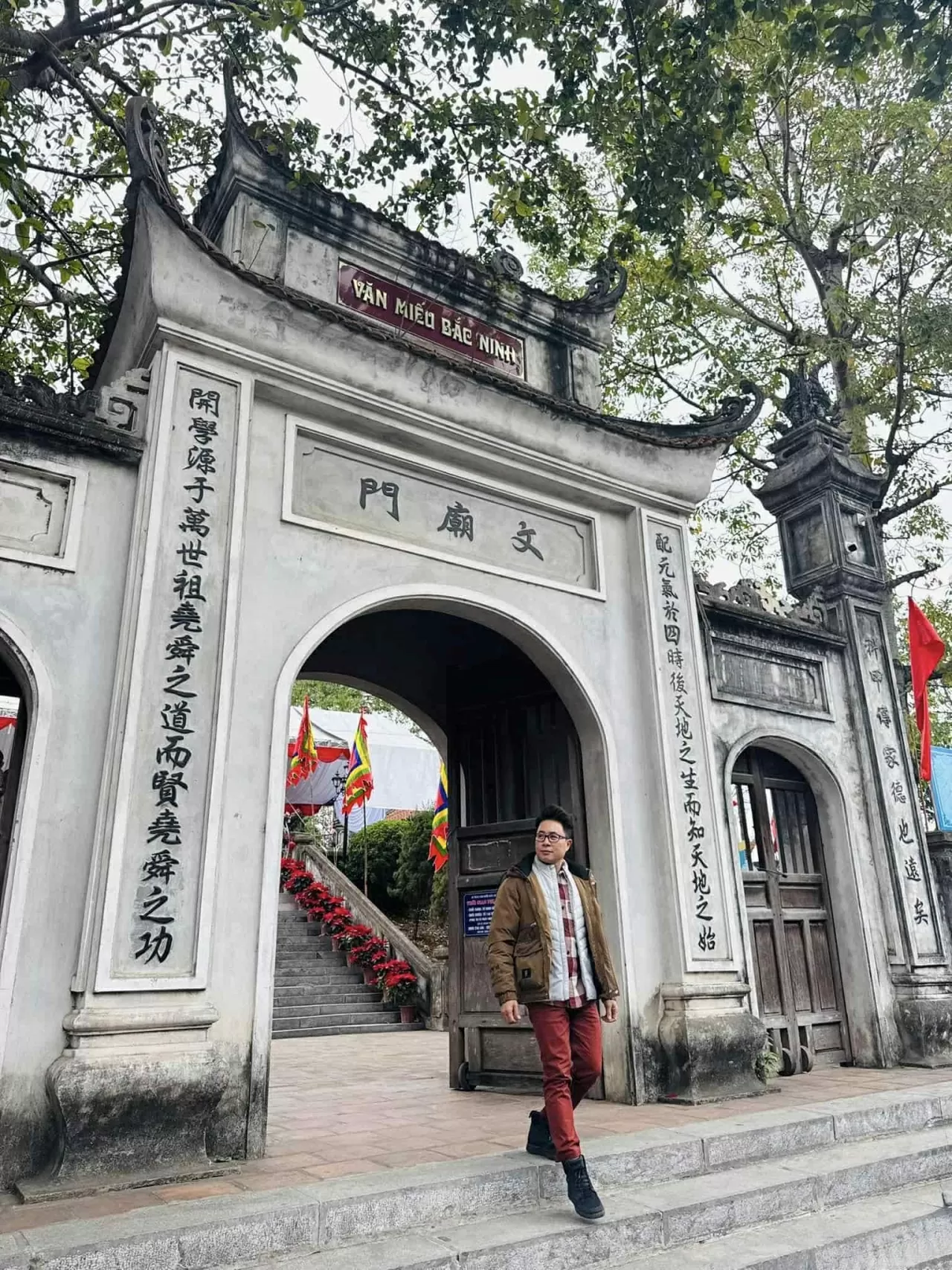 |
| Dr. Trinh Le Anh at the Temple of Literature in Bac Ninh. (Photo: NVCC) |
“Smart” tourism policy: Balancing growth and sustainable development
Since 2023, the expansion of the 90-day e-visa policy and the extension of the temporary stay period to 45 days for 13 countries have helped attract a significant number of European visitors. However, according to the World Economic Forum's (WEF) Travel and Tourism Development Index (TTDI) 2023, Vietnam ranked 59th out of 119 countries in terms of tourism competitiveness. Despite strong scores in some categories, Vietnam still faces difficulties in environmental management and sustainable tourism development.
Take Sa Pa, for example, with a population of around 10,000, which welcomed 2.7 million visitors in 2018, putting huge pressure on local infrastructure and the environment. The consequences of this overload include the risk of water pollution and the loss of local culture.
To address a similar issue, Iceland has implemented a reservation system for sensitive tourist destinations such as the Blue Lagoon hot springs, to control the number of visitors and protect the environment. Vietnam can refer to this model to manage sustainable tourism at destinations such as Sa Pa. More broadly, it can be seen that Vietnam needs to establish a legal corridor to limit visitors at heritage sites, while developing alternative products to divert tourists during peak seasons or at key destinations.
Another issue is that tax policies need to strongly encourage “green businesses”. From the experience of some countries that offer tax reductions to tourism, hotel and destination businesses using renewable energy; Vietnam can apply a similar mechanism, incorporating CSR (social responsibility) ratings into business licensing criteria.
Responsible Tourism: When Local Communities Take Center Stage
According to Son La Newspaper , the community tourism model in Moc Chau (Son La) has brought positive results, such as in Ang village, Dong Sang commune, with 40 households participating in homestay business, from 2020 to now, it has welcomed over 92,000 visitors, with estimated revenue of over 100 billion VND. In Ta So 1 and Ta So 2 villages, Chieng Hac commune, where over 90% of the population are Mong ethnic people, from 2021 to now, it has welcomed over 40,000 visitors, with estimated revenue from tourism activities of over 20 billion VND. This success shows that empowering the community not only preserves culture but also creates a different tourism attraction.
However, the current challenge is training local tourism human resources. According to the Project on Developing Community Tourism in Vietnam of the Ministry of Culture, Sports and Tourism, the goal by 2025 is to have at least 40% of tourism establishments providing community tourism services trained in tourism management; 30% of community tourism workers trained and improved in their professional skills and tourist service skills, of which at least 10% are female workers; each community tourism site has at least 1 person who can communicate in a foreign language.
This training aims to equip people not only with communication skills and tourism expertise, but also with knowledge of waste management and intangible heritage conservation, contributing to sustainable tourism development and preservation of local culture.
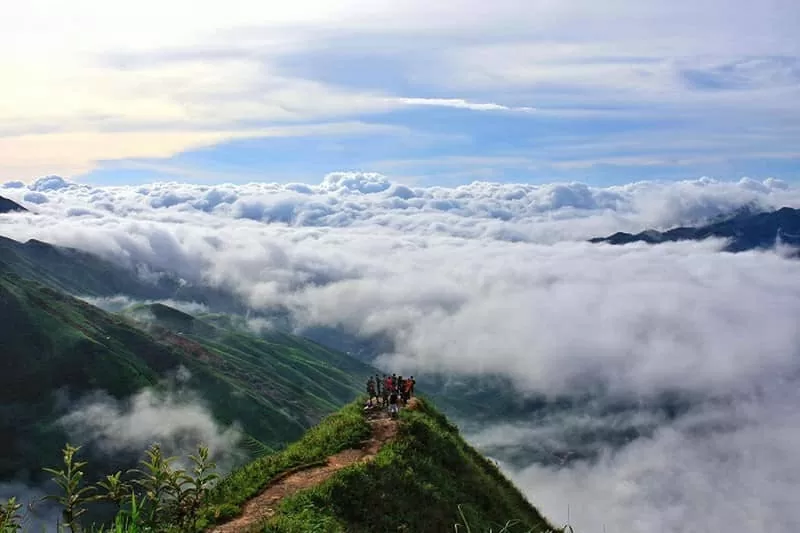 |
| The beauty of Sin Ho, Lai Chau. (Source: Internet) |
Marketing Strategy 4.0: Awakening the potential of niche markets and positioning destination brands
To attract more international tourists, Vietnam can implement specific promotional strategies to reach new markets that are experiencing strong growth in outbound tourism. For example, Northern European countries, with their high spending power and demand for exploring new destinations, or the Middle East, where tourists are looking for rich cultural experiences and different natural spaces, are all potential targets.
The Middle East market, home to 150 million high-spending tourists, is being left untapped. The development of halal-certified resorts in Nha Trang and Da Nang, combined with spas using local herbal treatments, could attract this group of tourists. In addition, focusing on East Asian or South Asian markets with growing middle classes would also open up many opportunities.
In addition, Vietnam needs to promote its unique cultural identity. Traditional festivals, special dishes and folk art forms will be prominent factors, creating a difference from other destinations. Collaboration with content creators, international media channels and influencers in the tourism sector will help bring the image of Vietnam closer to foreign tourists.
According to Morning Consult (2024) research, 22% of Gen Zers have booked a trip after seeing a post from a travel influencer about that destination. Additionally, 88% of Gen Z consumers follow at least one travel influencer on TikTok, and 45% trust travel recommendations from these influencers.
Vietnam has launched a campaign called “Live Fully in Vietnam” to promote the country’s tourism. To increase its effectiveness, partnering with platforms like TikTok to create challenges like #TasteofVietnam could attract widespread attention.
More importantly, tourism staff need to be properly trained to not only master international communication skills but also understand and appreciate traditional values. This not only helps to better serve tourists but also contributes to preserving cultural identity as the tourism industry develops.
Thus, Vietnam can expand the international tourism market sustainably, both attracting new visitors and preserving its inherent values. In the process of development, we always need to remind each other to preserve the national cultural identity. Because the fragile boundary between conservation and development is not easy to perceive, this is a matter of "easy to say, not difficult to do, but extremely difficult".
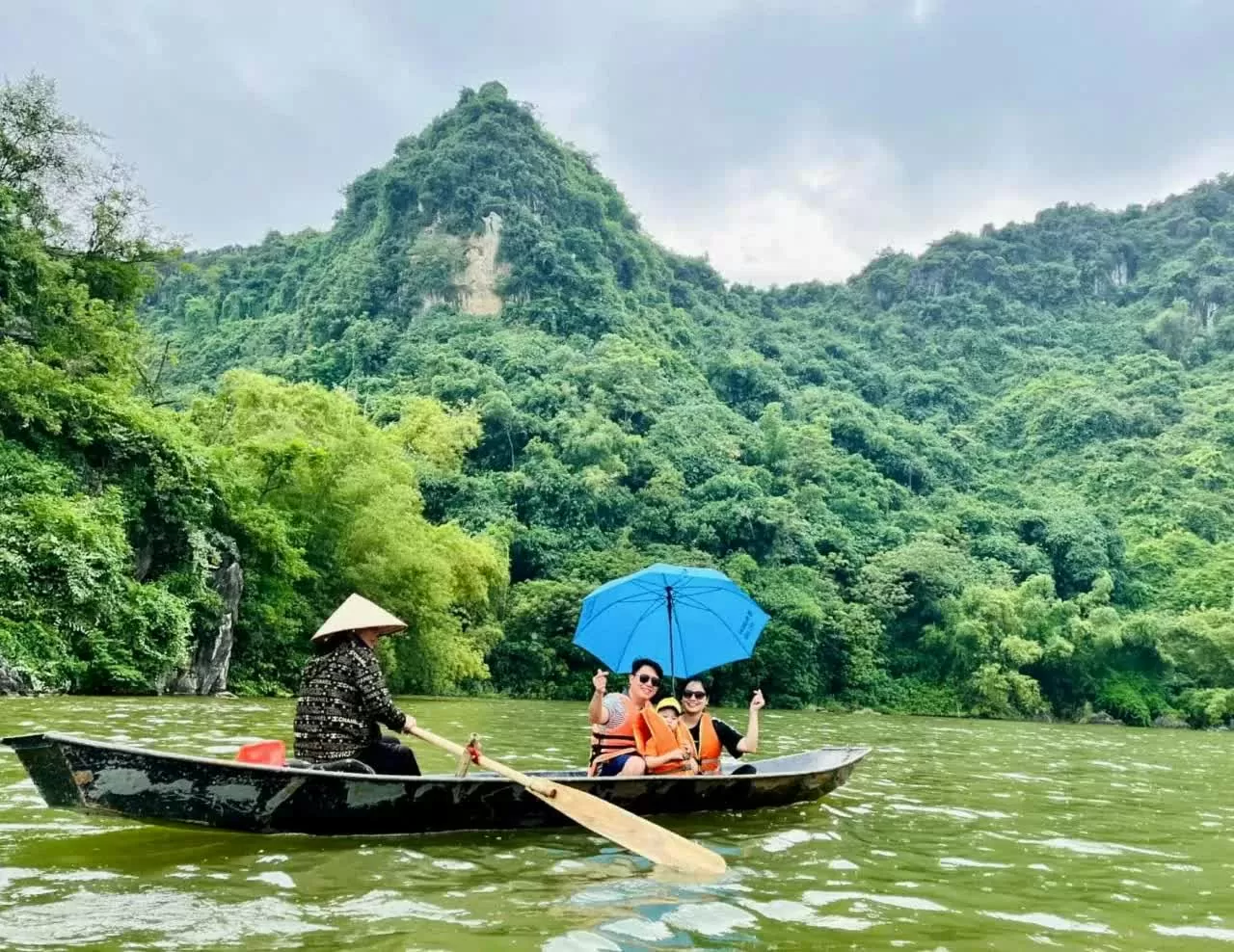 |
| Green tourism is chosen by many people. (Photo: NVCC) |
To bring Vietnamese tourism to new heights
To turn Vietnam into a “must-see destination” as suggested by Lonely Planet, it is necessary to synchronously implement solutions from the macro-level policy to improving service quality at the micro-level. The Vietnam tourism development strategy to 2030 has been approved by the Prime Minister, aiming to make Vietnam an attractive destination, among the top three countries in tourism development in Southeast Asia and the top 50 countries in the world in tourism competitiveness.
To achieve this goal, it is necessary to implement solutions such as perfecting institutions and policies for tourism development; developing infrastructure and technical facilities for tourism; developing high-quality tourism human resources; diversifying and improving the quality of tourism products; promoting, advertising and building the Vietnamese tourism brand; applying science and technology in tourism management and development. Each step must focus on sustainability, making the community the subject and utilizing technology to tell the story of diverse cultures.
Tourism is not a sales race. It is a journey of sowing seeds - seeds of heritage appreciation, connecting people and nurturing a love of nature. Only when we do that, will Vietnam truly shine on the world tourism map.
Source: https://baoquocte.vn/du-lich-viet-nam-vuon-minh-ban-hoa-ca-van-hoa-thien-nhien-cong-nghe-va-con-nguoi-303878.html


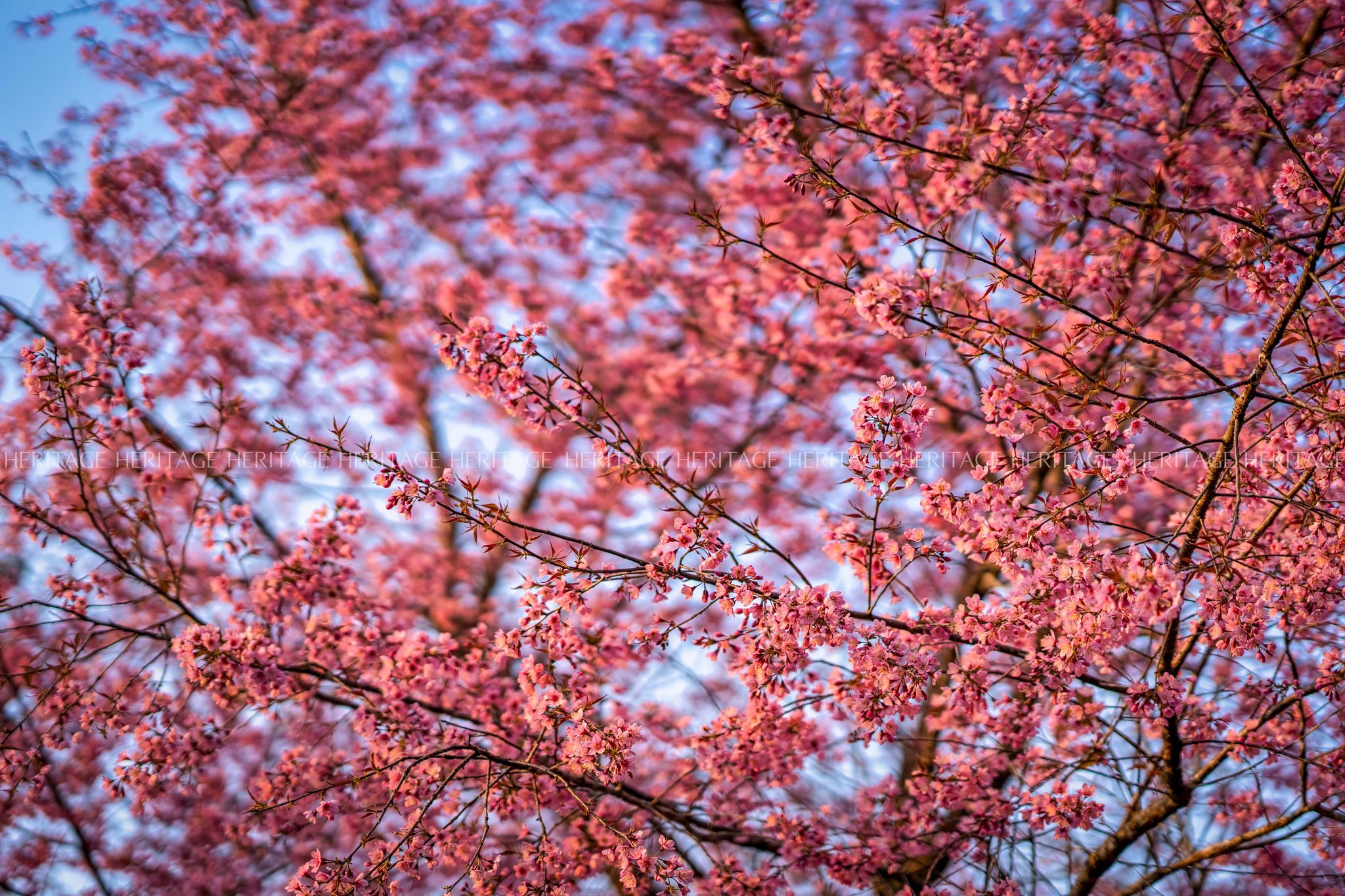
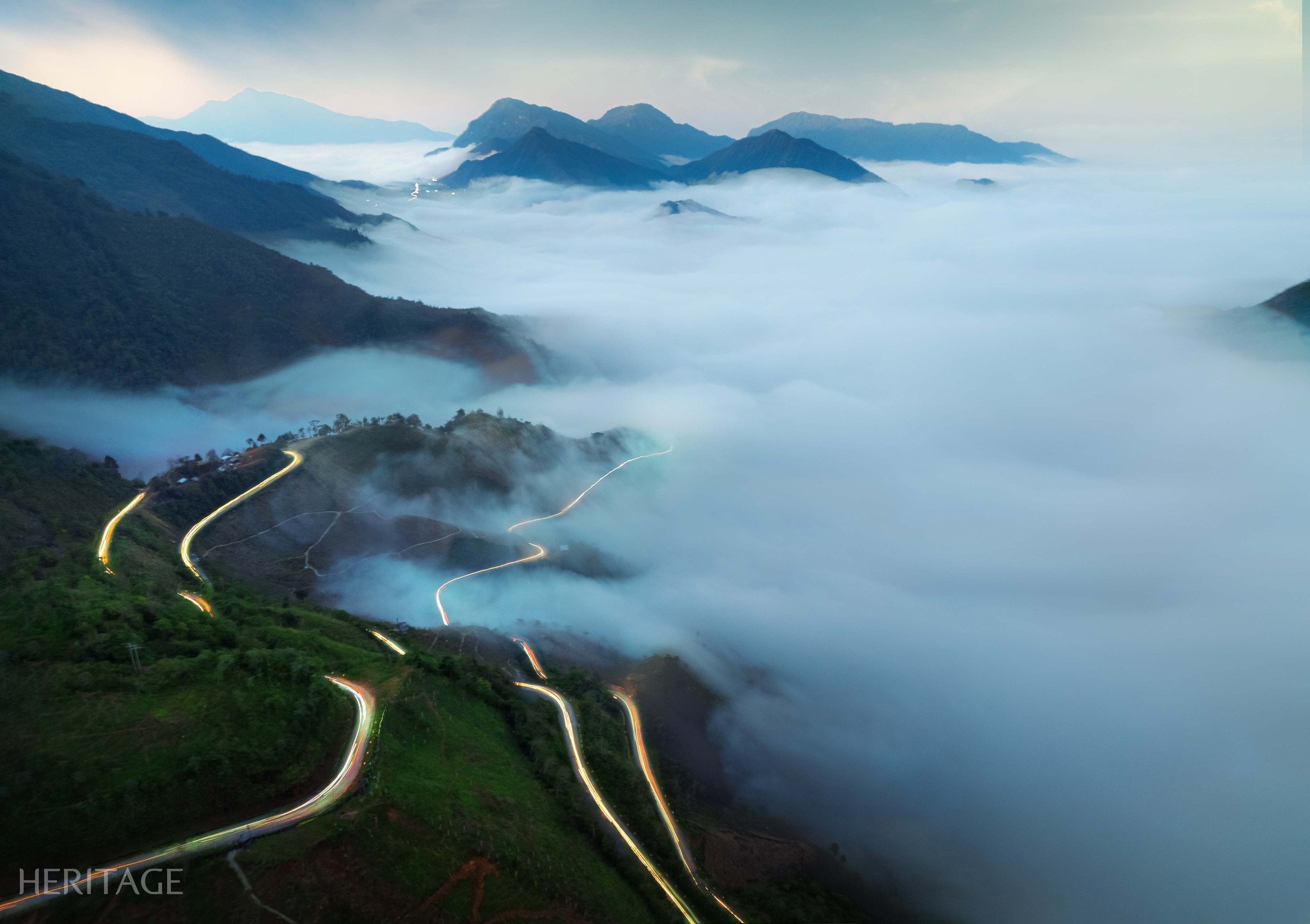
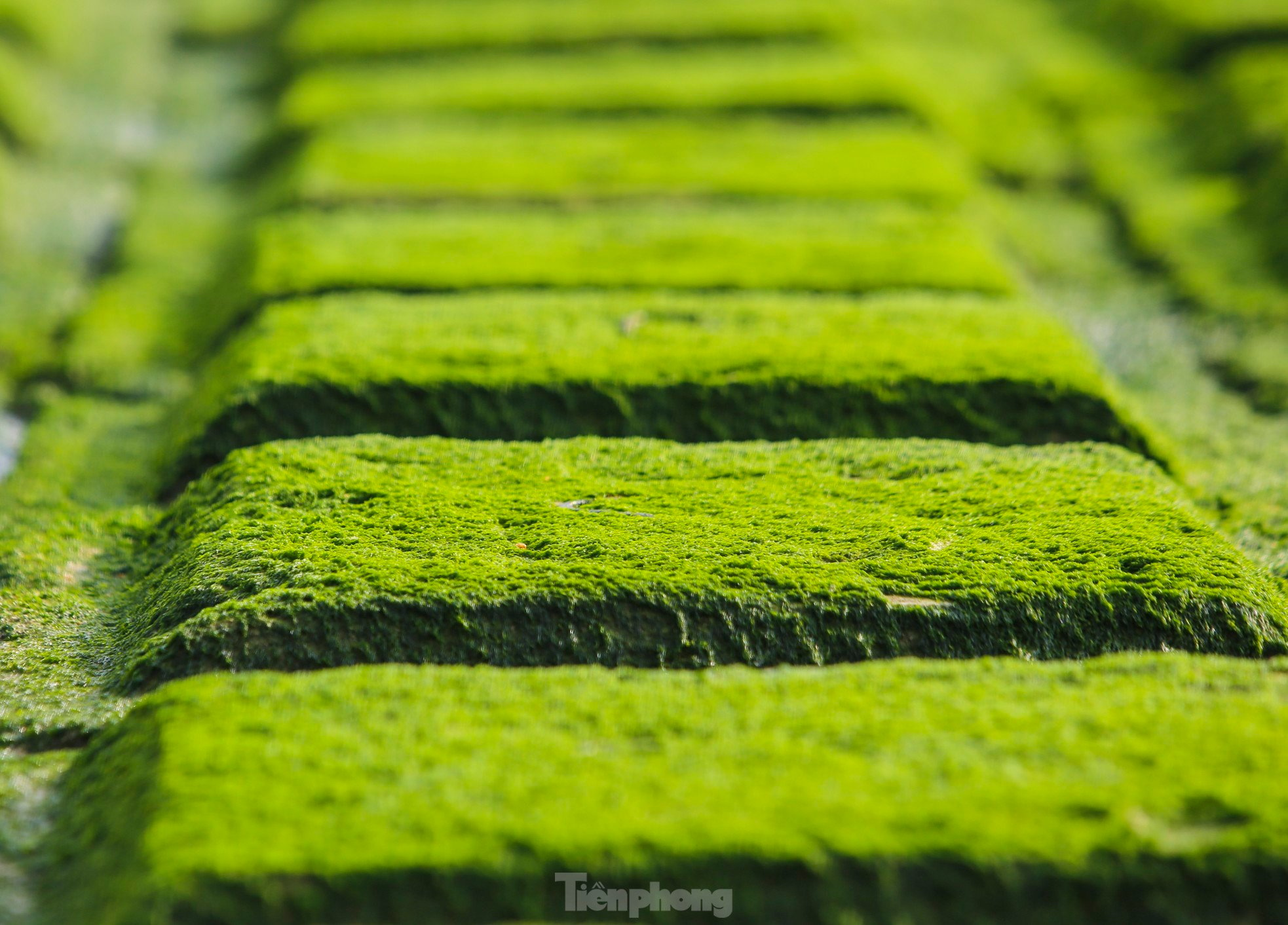
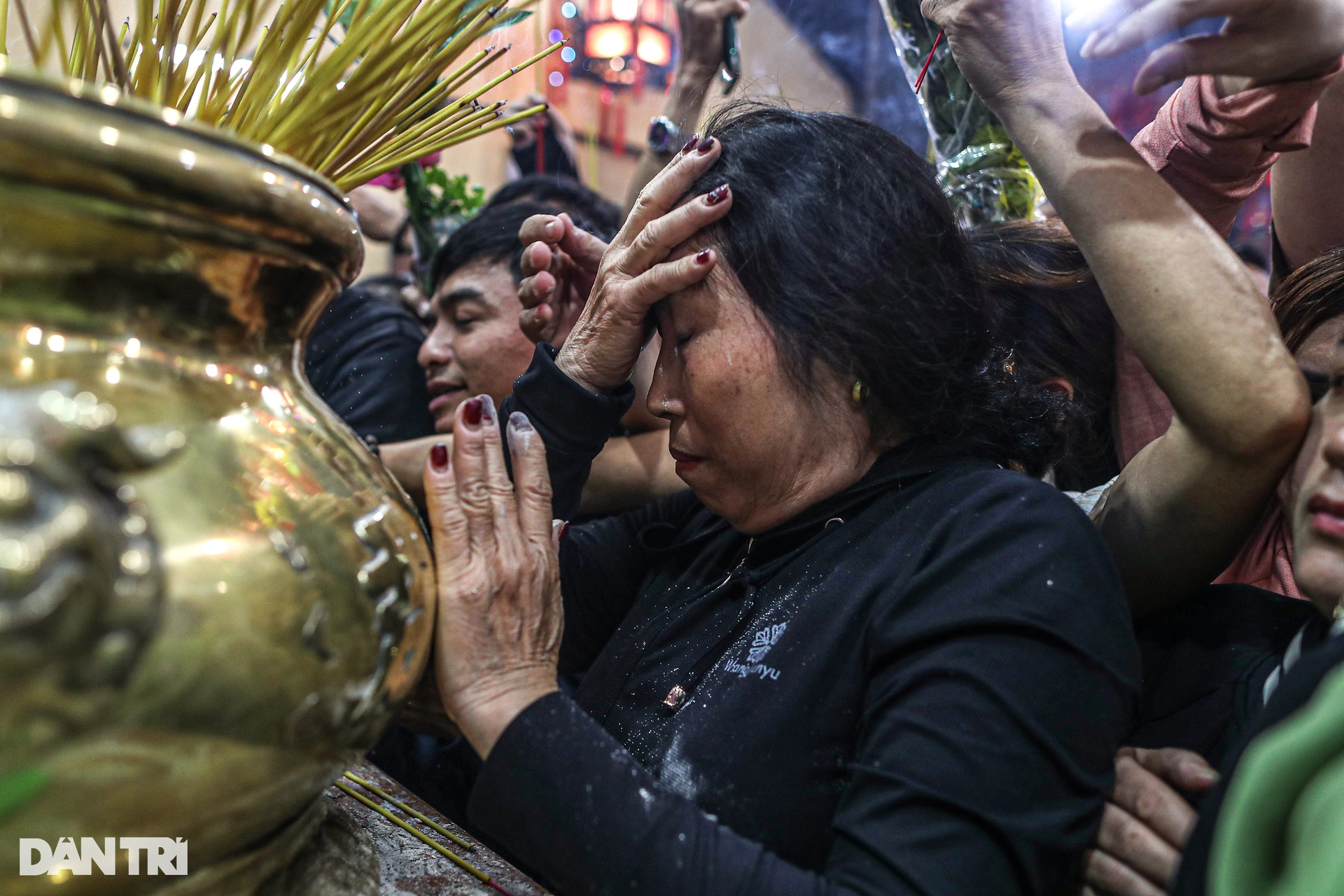
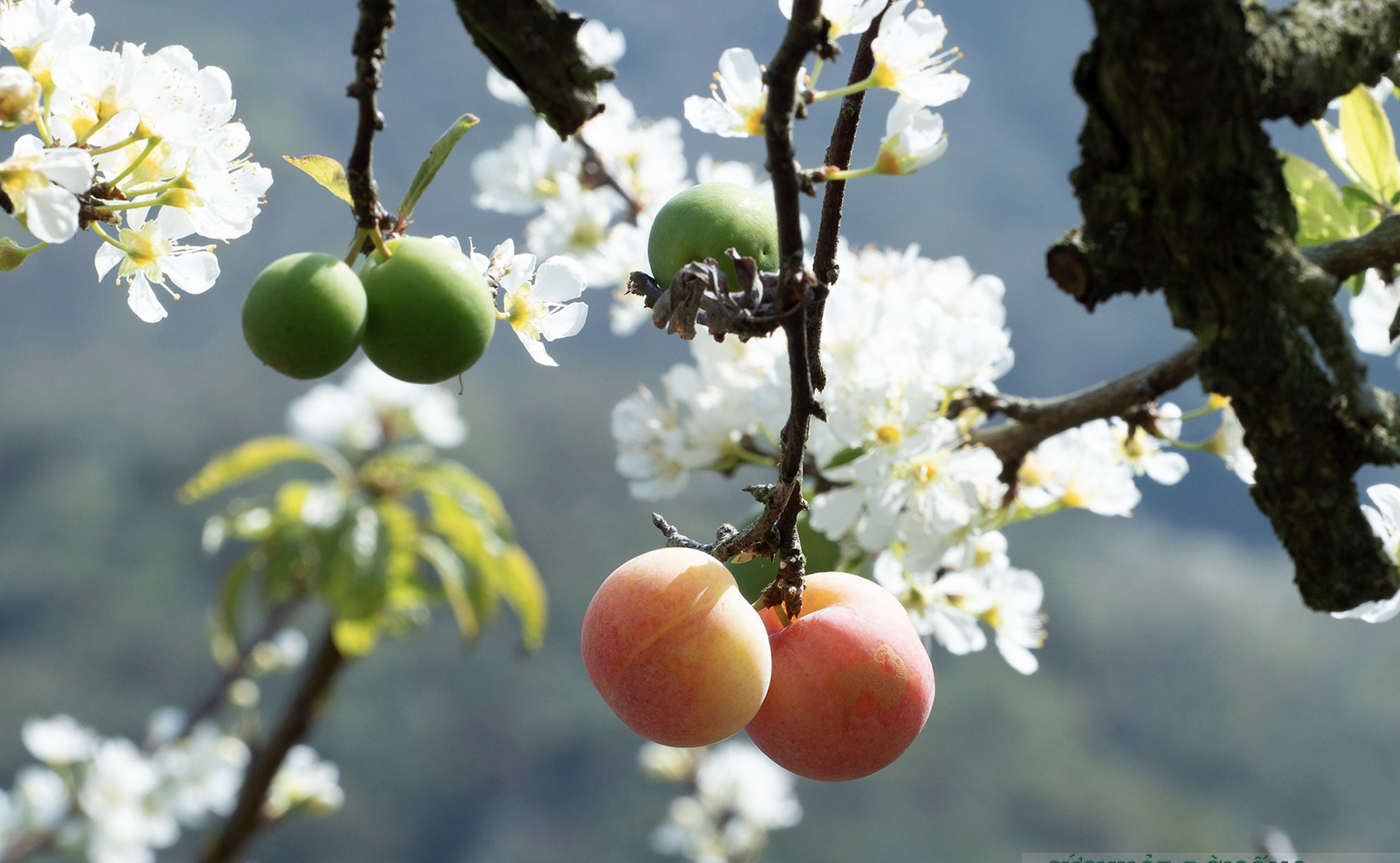
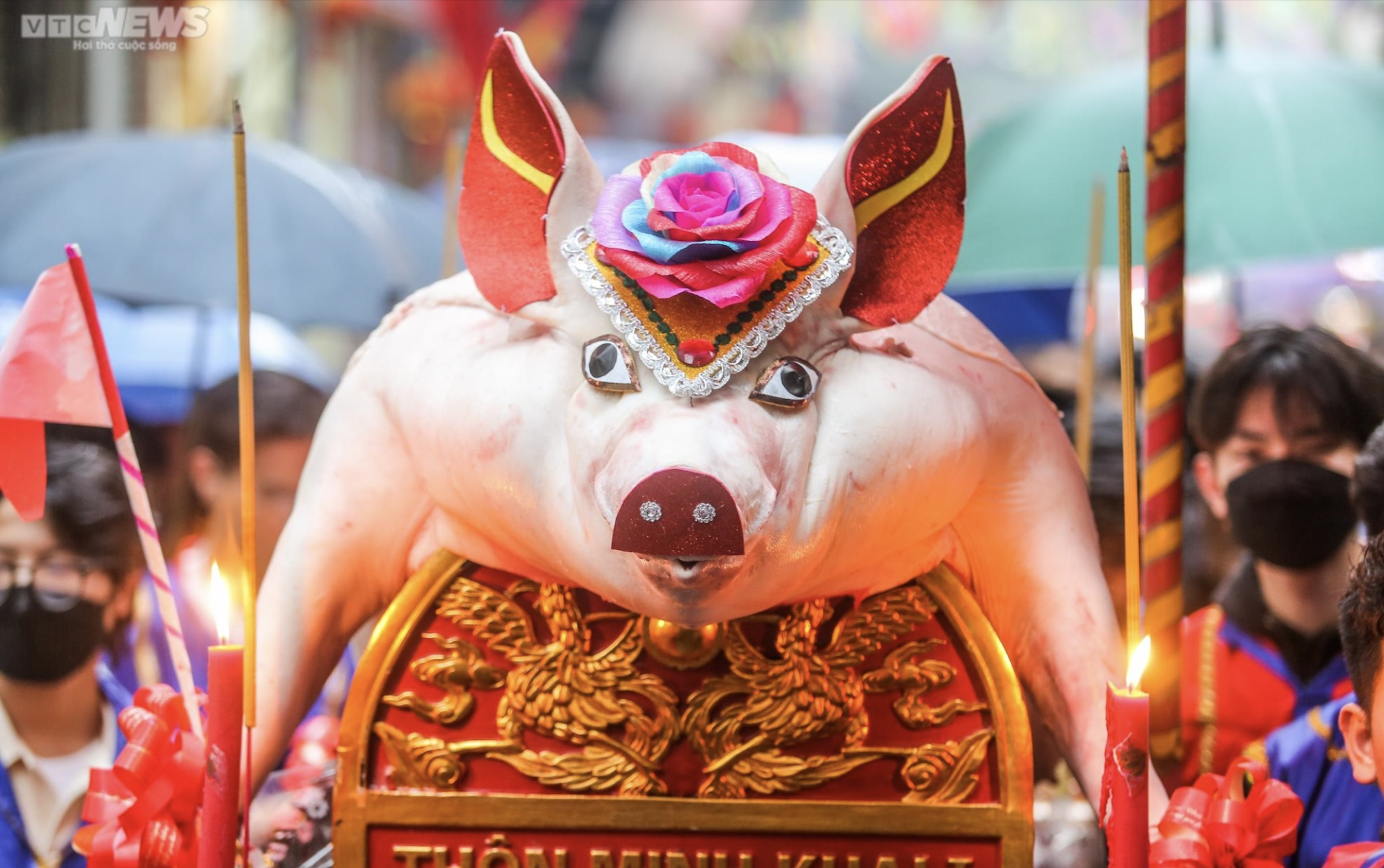
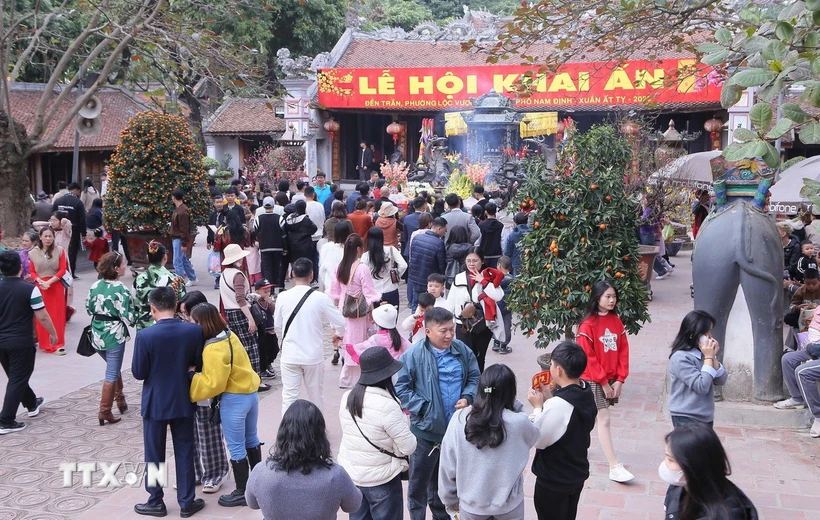
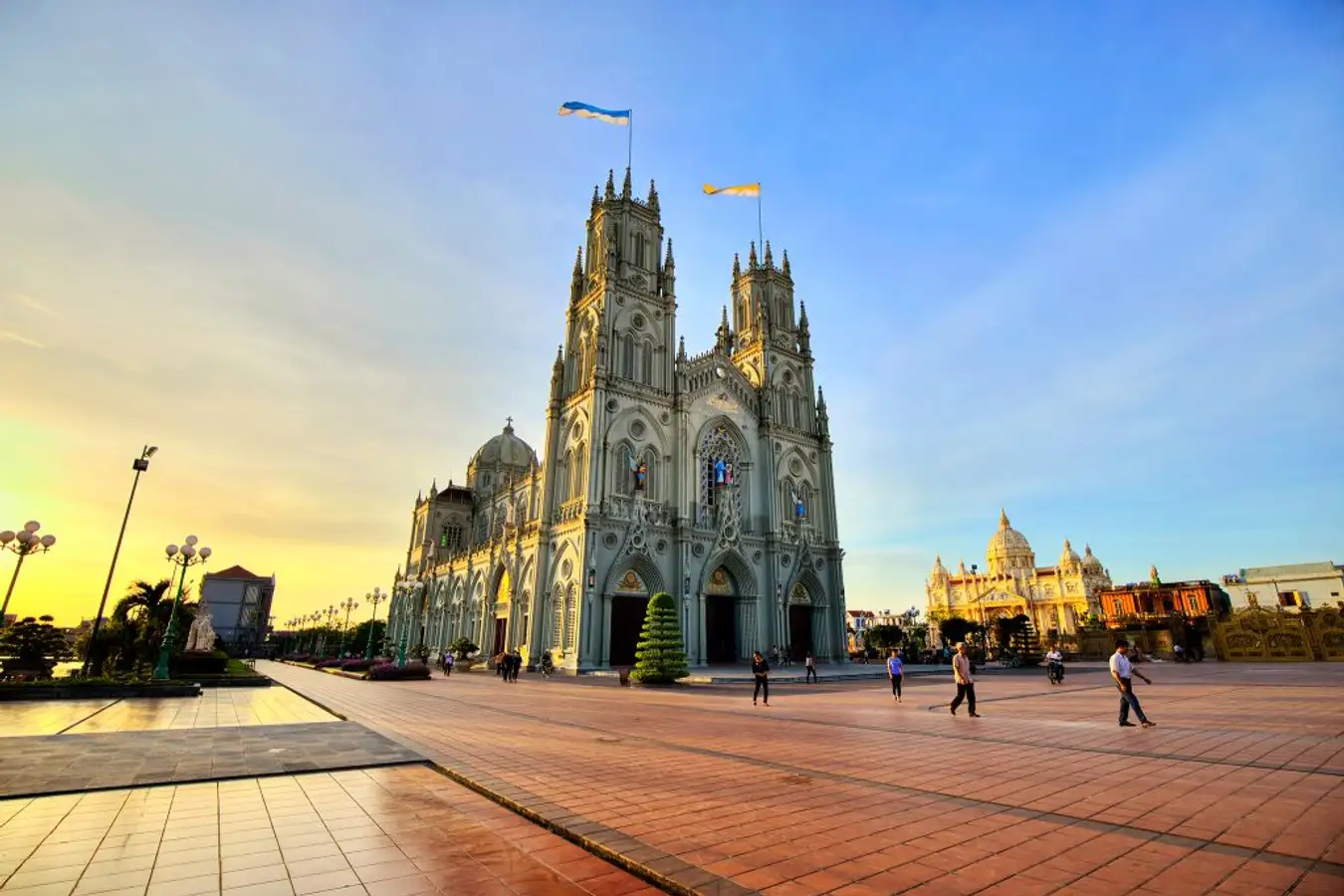





















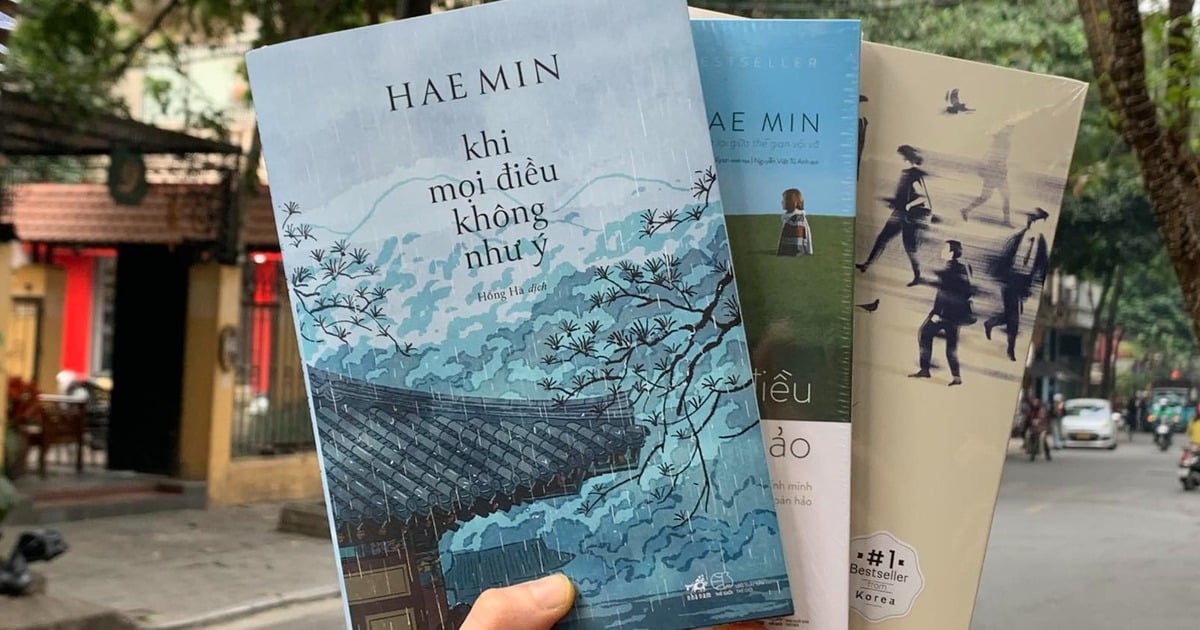




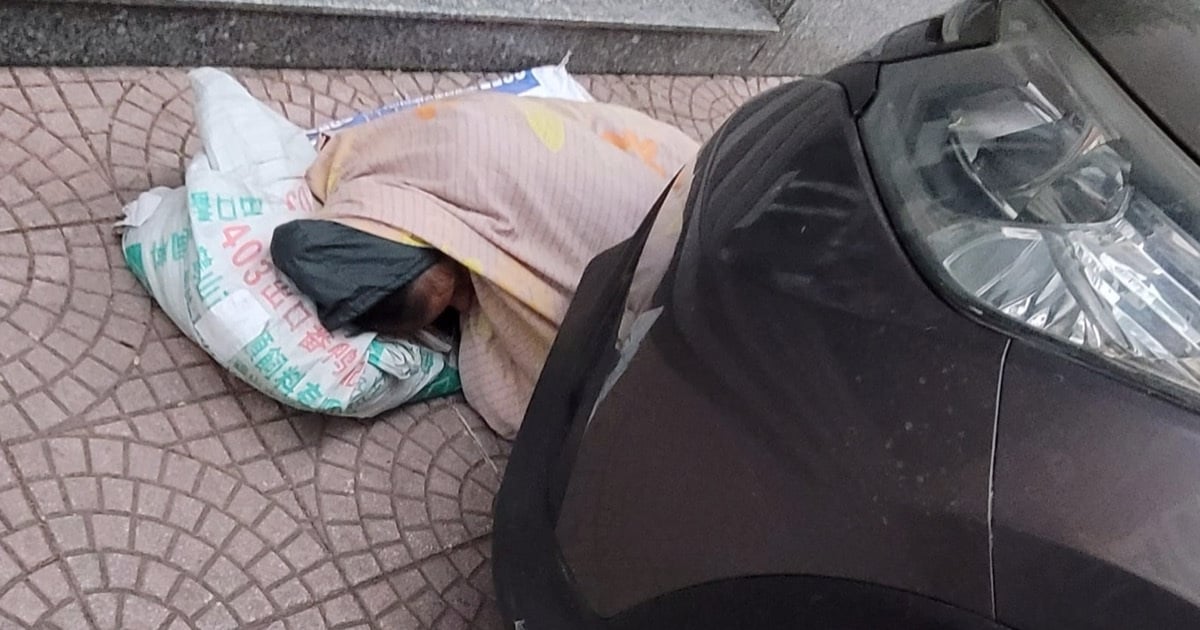





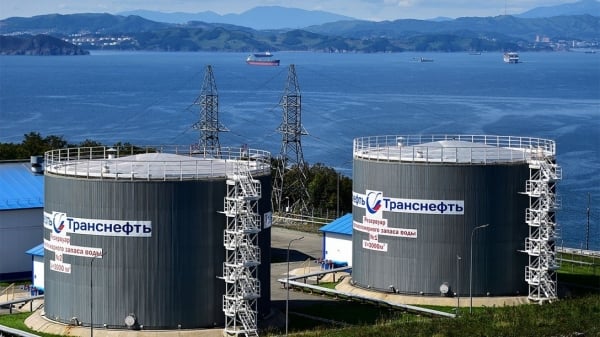

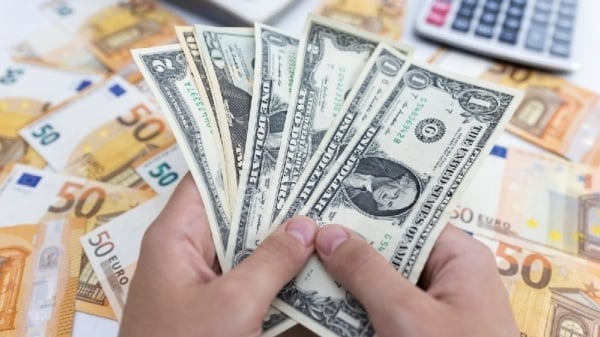
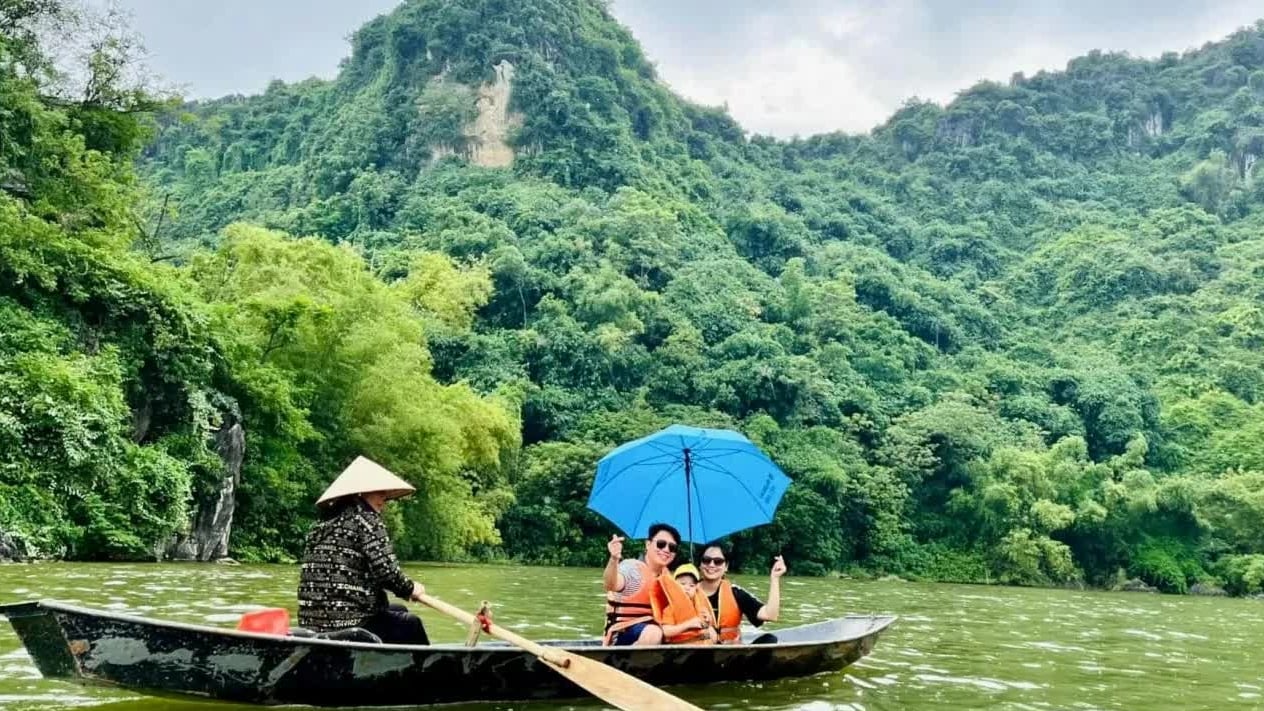
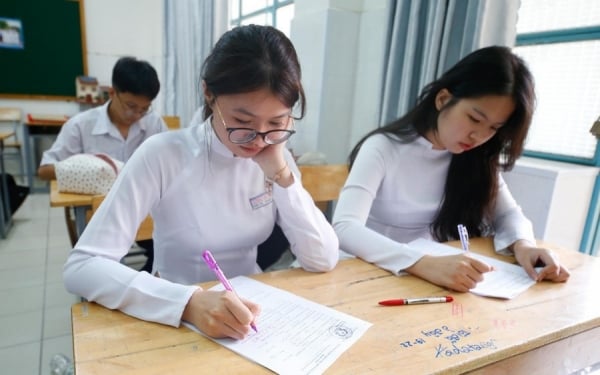
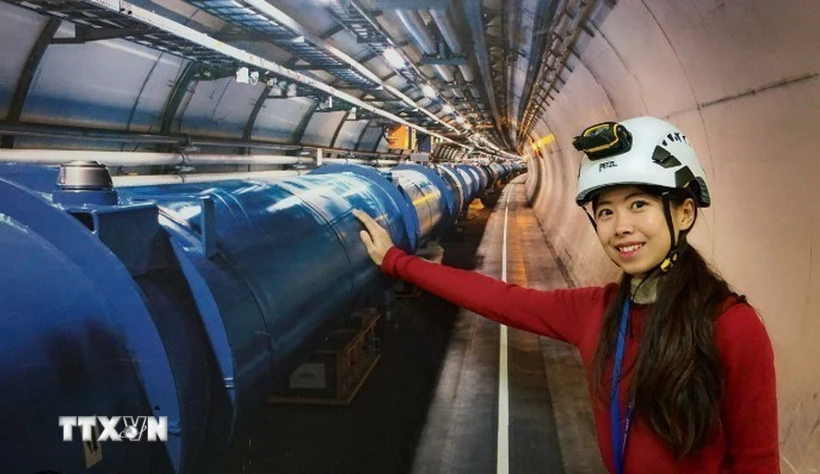



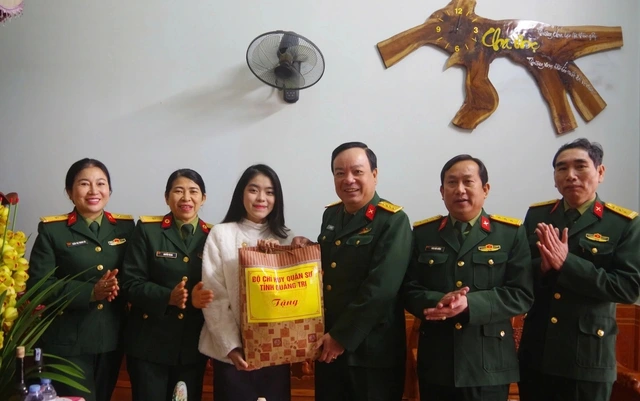
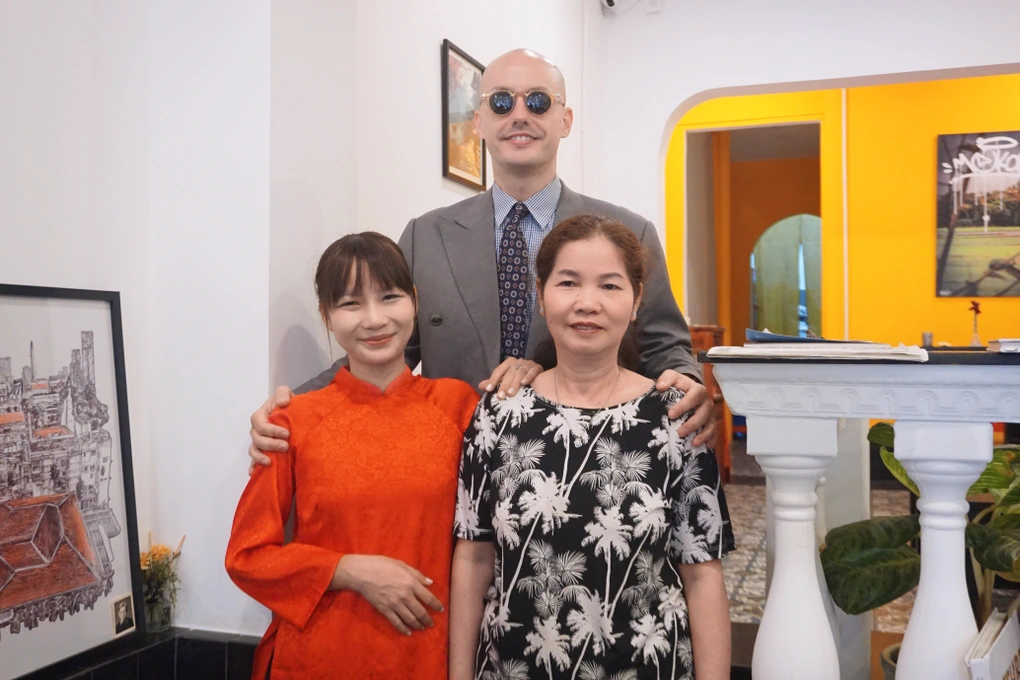
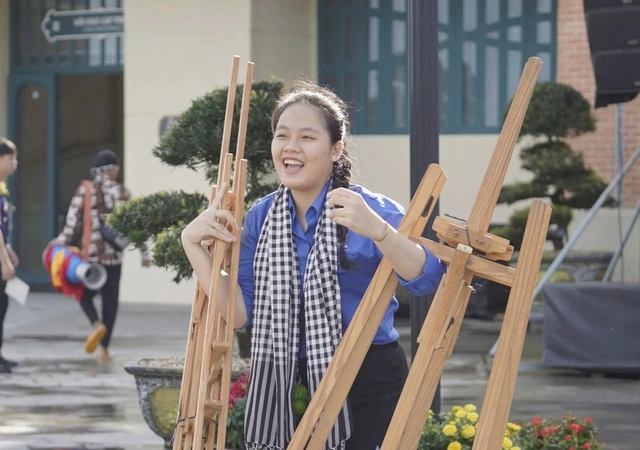
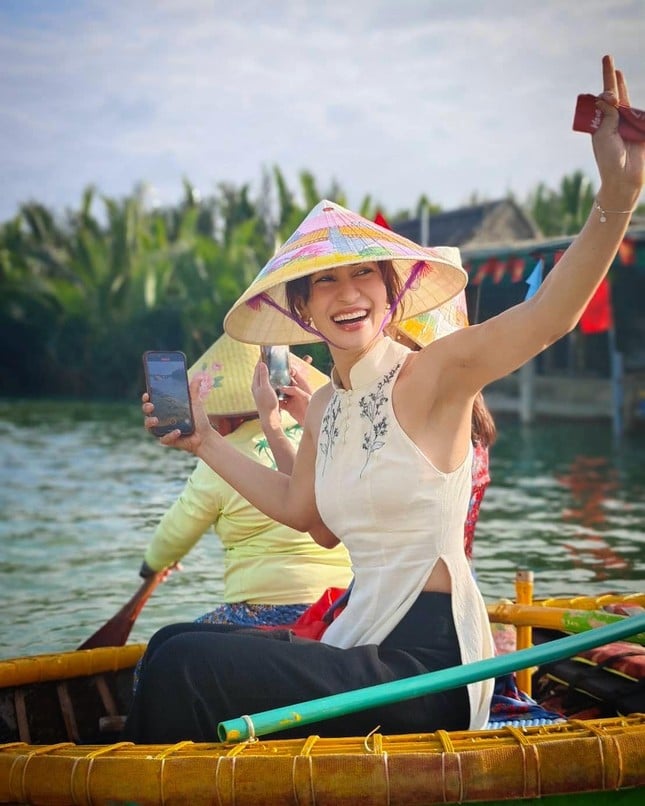





Comment (0)